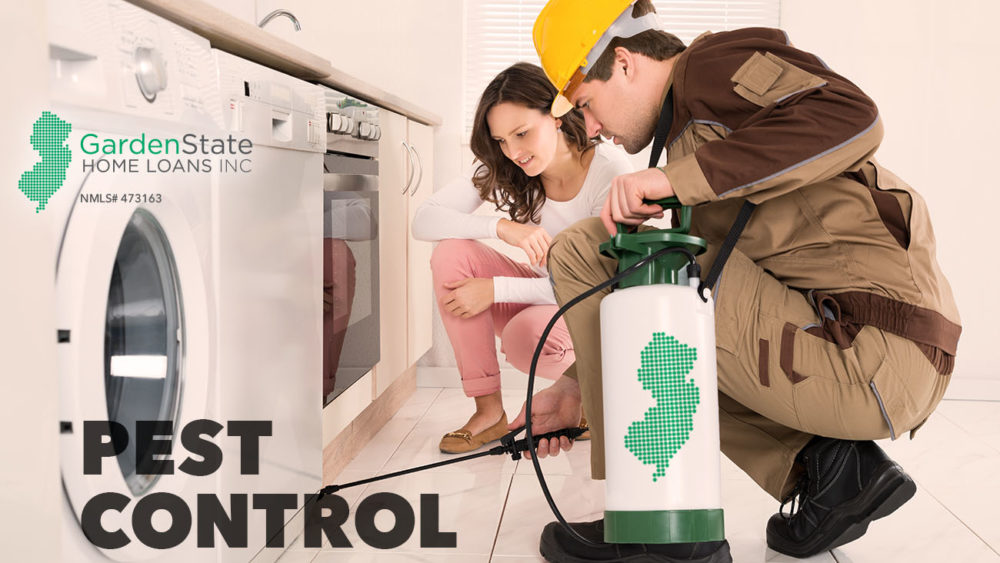A Guide to DIY Pest Control Around the House

A pest problem can ruin your home and take over your life. Luckily, there are many easy, do-it-yourself remedies for pest problems. Here are a few guidelines to defend your home from any tiny, unwelcome visitors and stop them from coming in in the first place:
First things first, know what you’re getting yourself into. An ant or cockroach problem is far different from a bat problem, and the former will be much more receptive to these tips than the latter. If you’re dealing with an infestation and not just some regular visitors, you may want to consider hiring an exterminator. Additionally, it’s important to be aware of any health concerns associated with your pests. The possibility of dangerous health concerns may influence your pest-control decisions, especially with regard to using home remedies or hiring an exterminator.
Be Preventative
The best way to avoid pest-control headaches is to avoid having pests period. It’s important to be aware of any potential pest-control issues in your home and to act quickly when signs of such issues arise. Being proactively preventative is a good home maintenance strategy in general, and is especially useful when dealing with pests. Cleaning regularly and in areas that are known to attract insects and other pests (kitchen, bathroom, basement, etc.) is a great strategy to reduce the likelihood of bringing in those unwanted guests. (Check out house-cleaning tips here) Washing linens at least once a week is another effective method of deterring pests.
Most insects and pests thrive in dark and damp environments, which under the covers can be, and so closely monitoring these kinds of areas will help keep them pest free. Consider investing in a dehumidifier or two in order to exhibit greater control over the environment of these areas. Having one in the basement and one in your bedroom would keep things dry and improve ventilation in those rooms, reducing the chance of insects and pests taking up lodging there.
Cleaning and climate control are two ways to prevent pests from taking an interest in your home, but another way is home improvement. Taking the time to examine and repair structural weaknesses in your home goes a long way towards securing your home against pest entry. By identifying potential entry-points, you can know where to look for pests, and once you know where to look, you can actively reduce the likelihood of their entry. First make sure that there aren’t any pests using this entry point already (if there are, take the steps necessary to address this), then seal the entry-point with caulk, cement, or some other sturdy material. Doing this around your entire house will go great lengths towards ensuring its safety from pest intrusion.
Get Clever
Preventative measures are only useful if it’s early enough. In other circumstances, where your house is currently dealing with a pest problem, other methods are necessary. If, as previously mentioned, the problem is small enough to be managed by you, the homeowner, then there are plenty of home remedies and d-i-y tactics to tackle your pest problem. One effective strategy is to buy traps and place them around your house. These don’t help too much in the way of deterring pests, but they certainly can help with getting rid of current ones. Store-bought pesticides are also an option, though these may have more cons than pros, especially when it comes to using them inside.
An effective and even fun way to tackle your pest problem is by making ‘organic’ pesticides. Some of these include garlic spray, salt spray, and hot pepper spray. These are pretty simple to make, requiring a few active ingredients (garlic, salt, and pepper in the examples given), some water, and maybe some alcohol. Mix them together and spray them on pests and in areas that you know your pests frequent to take back control of your home. This should take care of your home’s current invaders and discourage any newcomers from making an appearance
A cool (but also expensive) way to take care of your pest problem is to introduce predators into your backyard. Ladybugs, praying mantises, spiders, and other creatures will eat common pests and keep them far from your home. You don’t have to release these little buggers into your home itself, of course. Planting them in the backyard should be just as good at reducing your property’s pest population.
With these tips, you should be well on your way to a pest-free and pest-repellant home. Best of luck!


Comments are closed.